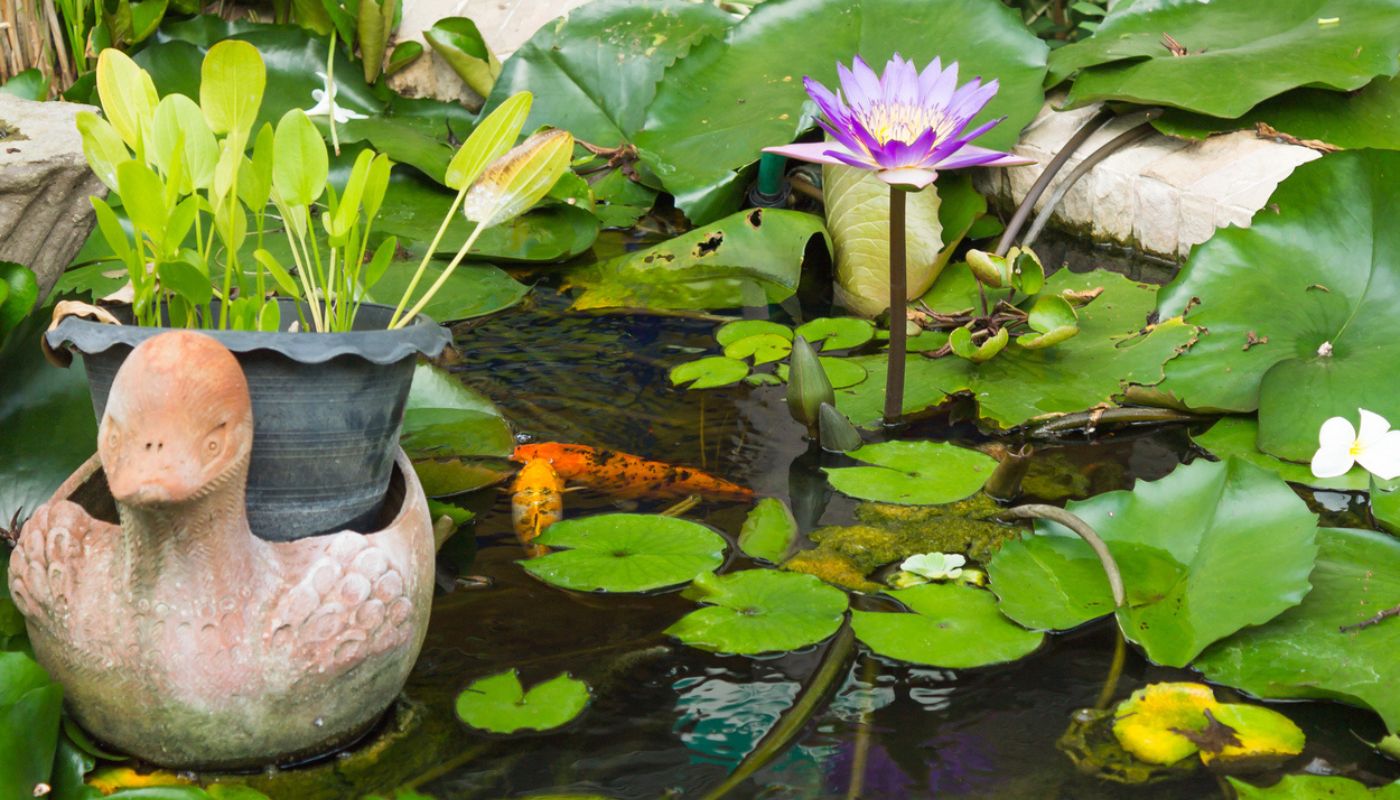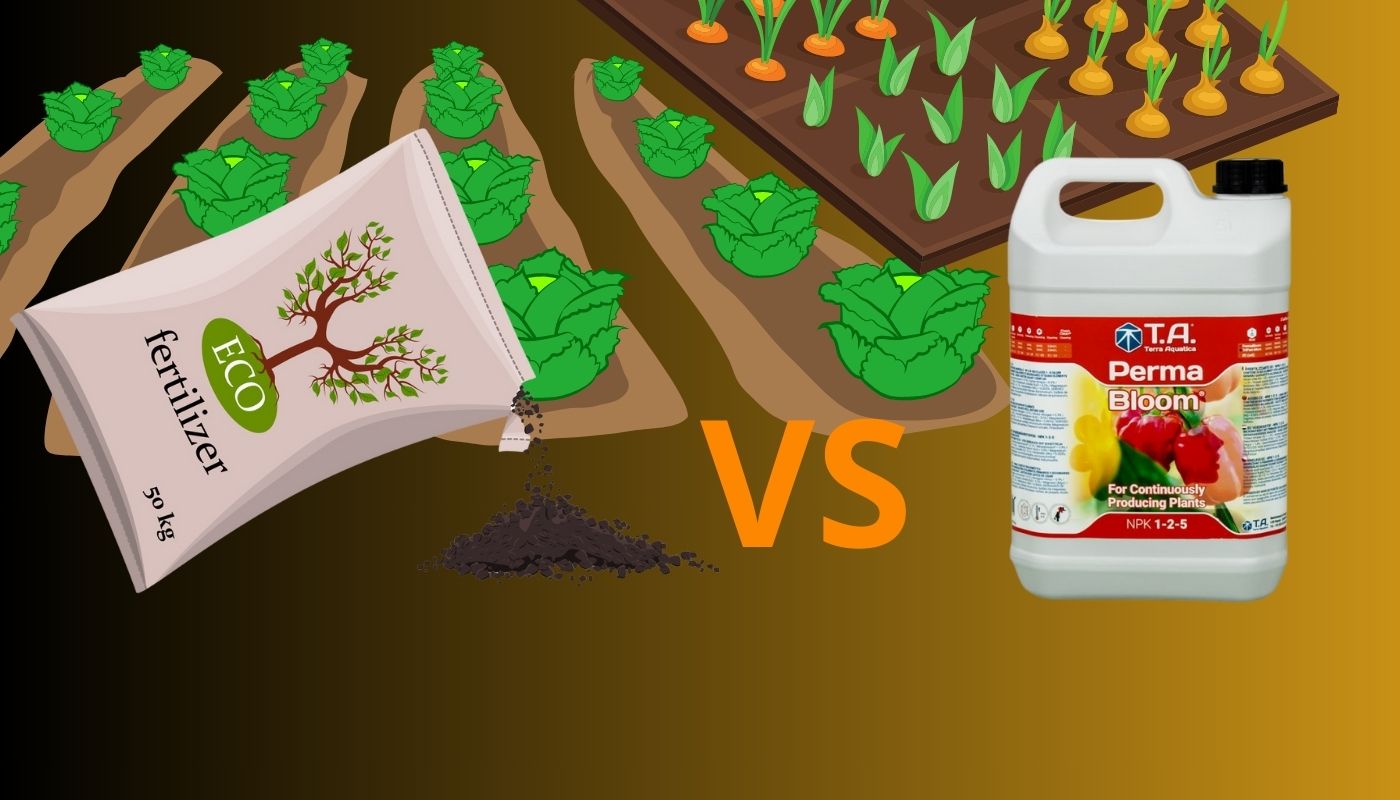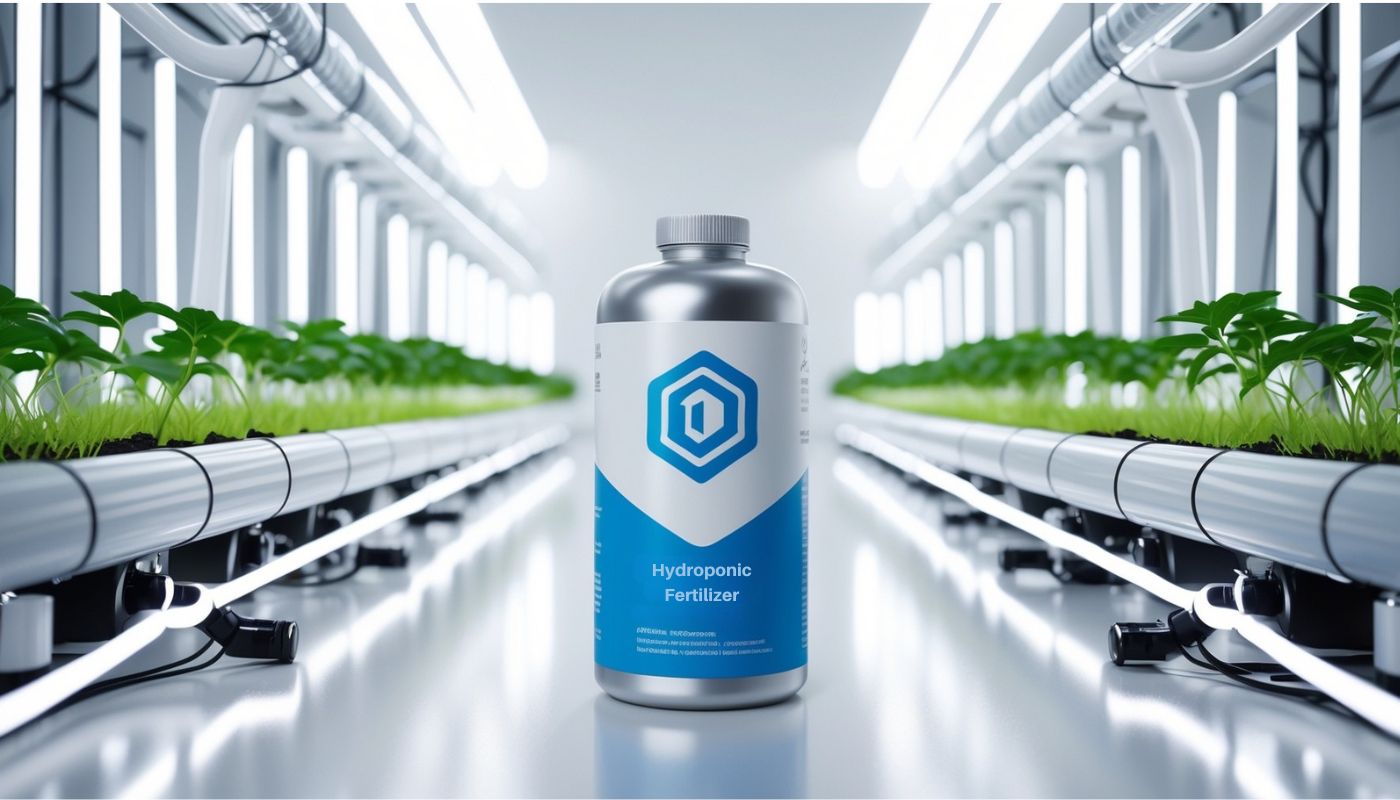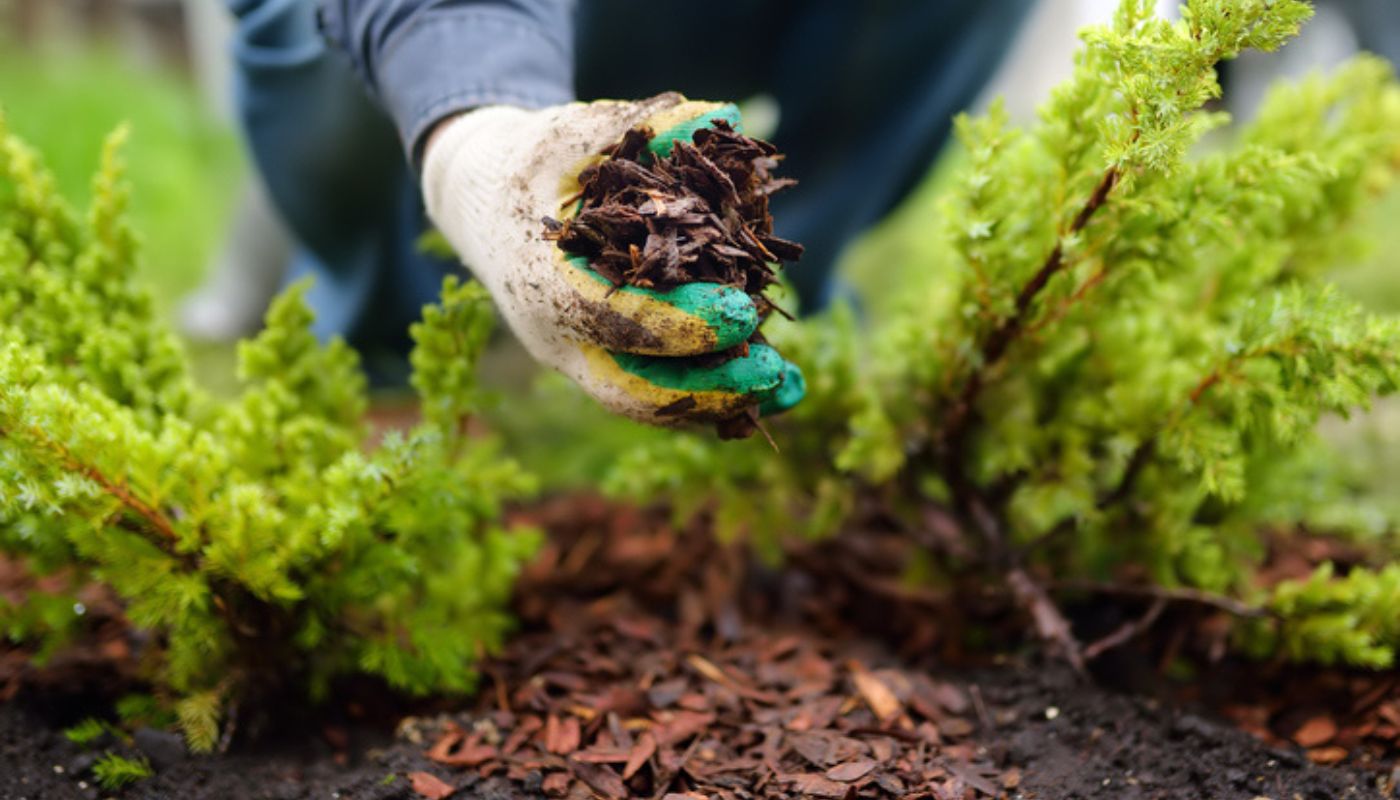
Maximizing Aquatic Plants Usage for Water Balance in Cultivation Systems
Aquatic plants play a pivotal role in maintaining the balance of water in cultivation systems. They not only contribute to the aesthetic appeal of the system but also serve a functional purpose by enhancing the overall health and stability of the aquatic environment. The use of aquatic plants in cultivation systems is a sustainable and cost-effective method of water management that can significantly improve the quality and productivity of the system.
What Are Aquatic Plants?
Aquatic plants, also known as hydrophytes or macrophytes, are plants that have adapted to living in aquatic environments. They are a critical component of aquatic ecosystems, providing oxygen, food, and habitat for a variety of organisms. In cultivation systems, these plants can be used to balance the water by absorbing excess nutrients, reducing algae growth, and improving water clarity.
The Power of Phytoremediation
The process of using aquatic plants to balance water in cultivation systems is known as phytoremediation. This natural method involves the use of plants to remove, detoxify, or immobilize environmental contaminants in a growth medium through biological, chemical, or physical processes. Aquatic plants are particularly effective at phytoremediation because they can absorb nutrients and contaminants directly from the water through their roots.
Controlling Nutrient Overload
One of the primary benefits of using aquatic plants in cultivation systems is their ability to absorb excess nutrients. Nutrient overload, particularly nitrogen and phosphorus, can lead to various issues, such as poor water quality, excessive algae growth, and harm to aquatic organisms. By absorbing these nutrients, aquatic plants help prevent these problems, ensuring a healthier environment.
Combating Algae Growth
Another advantage of aquatic plants is their ability to reduce algae growth. Since algae and aquatic plants compete for light, nutrients, and space, the introduction of aquatic plants can limit the resources available to algae. This reduces their proliferation, leading to clearer water and a healthier aquatic system.
The Role of Aquatic Plants in Maintaining Water Equilibrium in Your Cultivation System

Indoor aquatic garden showcasing water plants in a serene pond environment.
The Essential Role of Aquatic Plants in Cultivation Systems
Aquatic plants play a pivotal role in maintaining the water equilibrium in cultivation systems. Beyond their decorative appeal in water gardens or aquariums, these plants contribute significantly to the health and balance of aquatic ecosystems. Understanding their role can help create a more sustainable and efficient cultivation system.
How Aquatic Plants Maintain Water Balance
Aquatic plants, also known as hydrophytes or macrophytes, are critical components of aquatic ecosystems. They absorb excess nutrients, such as nitrogen and phosphorus, from the water. This process helps prevent harmful algae blooms, which can deplete oxygen levels and endanger aquatic life.
Additionally, aquatic plants stabilize the water’s pH by absorbing carbon dioxide during photosynthesis. This reduces acidity and maintains a balanced environment, crucial for the health of aquatic organisms and the productivity of cultivation systems.
Habitat and Ecological Benefits
These plants provide shelter and breeding grounds for aquatic organisms, such as fish and invertebrates. Their roots support the growth of beneficial bacteria, which are essential for the nitrogen cycle. These bacteria convert harmful ammonia and nitrites into less harmful nitrates, contributing to a healthier ecosystem.
Reducing Water Evaporation
In hot and dry climates, aquatic plants play a key role in conserving water by providing shade and minimizing the water surface exposed to the sun. This reduces evaporation and lessens the need for frequent water refills, promoting resource efficiency in cultivation systems.
Managing Aquatic Plant Growth
While aquatic plants offer many benefits, they require proper management. Overgrowth can reduce water flow, block sunlight, and lower oxygen levels. Regular pruning and maintenance are essential to prevent these issues and ensure that aquatic plants continue to positively impact your system.
.

Pink water lily in full bloom, adding beauty to the aquatic environment.
Harnessing the Power of Aquatic Plants for Water Balance in Cultivation Systems
Leveraging Hydrophytes for Sustainable Cultivation Systems
Aquatic vegetation plays an indispensable role in maintaining water balance within cultivation systems. These plants, equipped with unique abilities to absorb nutrients and oxygenate water, help create a thriving environment for both aquatic life and plants. Hydrophytes, categorized into emergent, submergent, and floating types, each offer distinct advantages that can be strategically harnessed.
Types of Aquatic Plants and Their Unique Functions
Hydrophytes, or macrophytes, are adapted to aquatic conditions and classified based on their growth habits. Emergent plants like cattails rise above the water’s surface, serving as natural barriers while supporting biodiversity. Submergent species, such as hornwort, remain fully underwater, where they excel in oxygenating the environment and filtering nutrients. Floating varieties like duckweed are exceptional at nutrient absorption while offering shade that helps regulate water temperature.
Key Environmental Contributions
A primary benefit of hydrophytes is their ability to address nutrient imbalances. Excess nitrogen and phosphorus in water can fuel harmful algae growth, reducing oxygen and endangering aquatic life. Hydrophytes absorb these nutrients, curbing algal blooms and maintaining equilibrium. Through photosynthesis, they release oxygen into the water, supporting aquatic organisms and breaking down organic waste, which enhances water clarity and quality.
Another noteworthy function is temperature stabilization. Floating and emergent plants reduce solar penetration, keeping water cooler in outdoor systems exposed to variable weather. This is particularly crucial in regions with extreme heat, where maintaining consistent water temperatures can be a challenge.
Practical Considerations for Cultivation
While hydrophytes offer remarkable benefits, their management is essential to prevent overgrowth. Excessive vegetation can block sunlight, disrupt water circulation, and decrease oxygen levels during nocturnal respiration. Regular trimming and removal of surplus plants ensure the system remains balanced and functional.
Choosing the right mix of aquatic plants is critical. Factors such as the system’s nutrient load, temperature control needs, and existing biodiversity should guide the selection process. Compatibility with the broader ecosystem ensures that the plants integrate seamlessly without disrupting other organisms.
Strategic Use of Hydrophytes
Incorporating hydrophytes into cultivation systems is a natural and sustainable approach to water management. Their ability to absorb nutrients, regulate temperature, and oxygenate the environment makes them indispensable for improving water quality and promoting system health. Thoughtful selection and proper care of these plants enable their full potential, transforming cultivation systems into efficient and self-sustaining environments.






